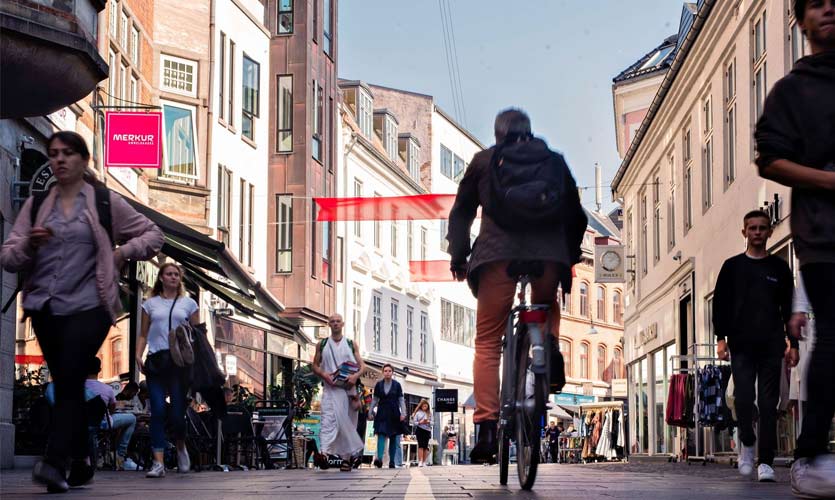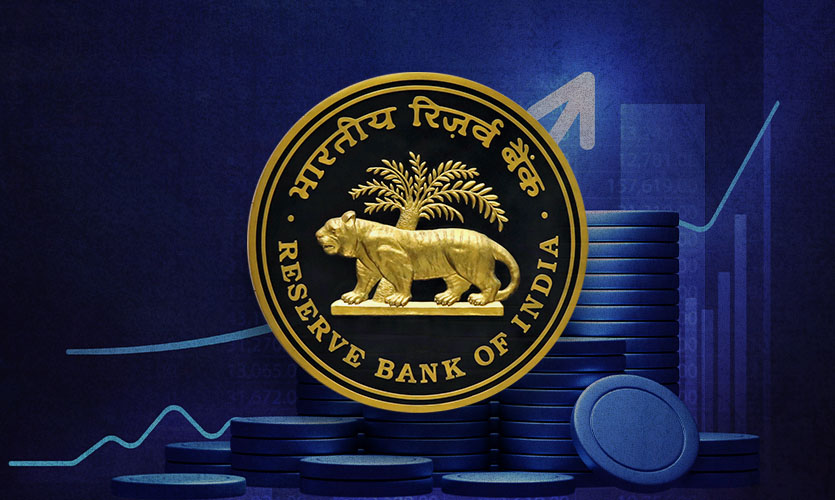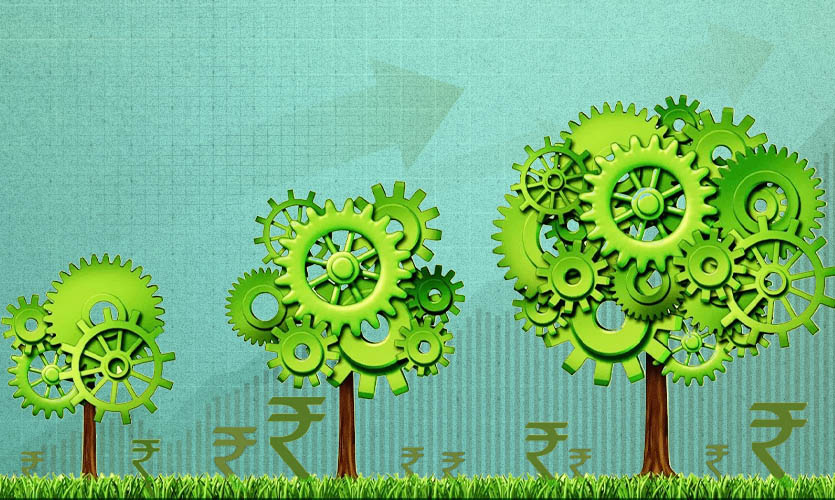According to a recent Reuters poll of economists, the Nordic economies have been on a path of steady economic recovery after the pandemic rules were lifted. There has been a boost in consumer and corporate spending as well as soaring employment rates. The Danish economy is experiencing economic growth of higher than 2019 levels, and economists predict a moderate boom in the coming years.
Denmark’s GDP growth is seen at 3.8 percent in 2021, up from 3.0 percent in a July forecast. However, the growth is expected to slow to 3.3 percent next year, below the 3.5 percent previously forecast. Both Sweden and Norway are each expected to grow by 3.5 percent or more in 2021 and 2022, according to the Reuters survey. The increasing number of vaccinated people is considered to be an important factor in the boost in economic growth. Sweden has successfully vaccinated 83 percent of its population aged over 16 with one dose, and 76 percent with two doses. Both Denmark and Norway have reported that about 85 percent of their total populations are fully vaccinated.
This year Sweden’s GDP has grown at 4.2 percent, up from the 3.6 percent economists forecast in July. In 2022, its economy is expected to expand by 3.5 percent, unchanged from the July forecast. Sweden’s manufacturing sector continues to be the backbone of the economy despite the disruptions in supply chain operations. In March, an index of manufacturing confidence rose to the highest since mid-2018. The country was able to recover its economic growth to pre-pandemic size. Norway’s GDP expanded to 3.7 percent in 2021, and is expected to continue to be the same in 2022. It was previously forecast to be 3.5 percent for this year and the next.
Read more: Delta Variant Fears Continue To Impact Oil Prices
Denmark was one of the first European nations to lift a number of COVID-19 restrictions, starting with the mask mandate for public transportation and removing limits on public gathering. The country also said that proof of vaccination will no longer be necessary at nightclubs and restaurants. Denmark, on September 10, also announced that the virus was no longer a “critical threat to society”. Similarly, Norway also lifted a number of restrictions before fully reopening on September 25.
A Bloomberg report published in August 2021 stated that Europe’s northeastern region was able to exhibit resilience due to its “generous welfare systems, widespread digitalisation and a relatively low reliance on tourism”. When compared to the other European countries the Nordic economies have managed to protect their GDP. For example, Norway’s GDP was just 1.4 percent below pandemic levels when compared to the European Union region that experienced an overall contraction of 6.6 percent by the end of 2020.










